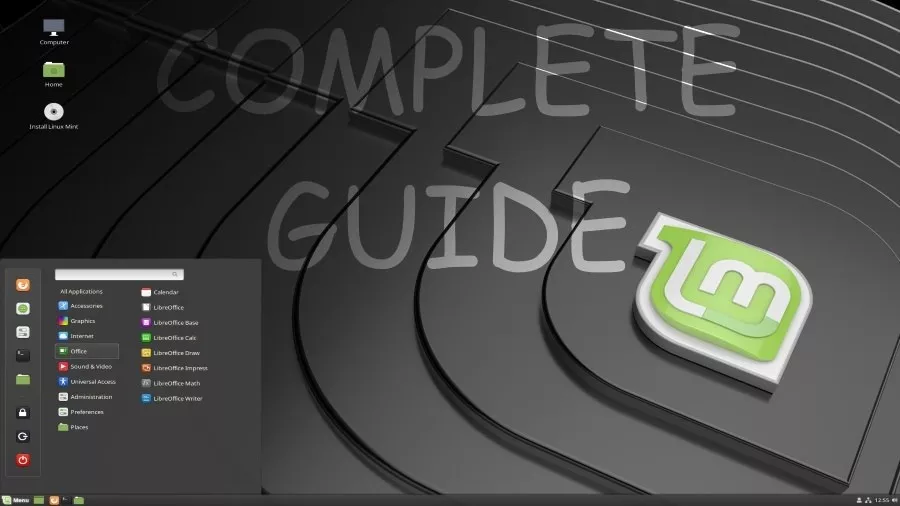Could not find an answer using search here, but I see different methods of freshly installing Linux (Mint).
Most guides suggest creating a /root partition and a swap area partition, while other user inputs also include a /home partition.
I'm new at Linux and don't know why some would like the extra /home partition.
If it is a preferred method of install, how does one determine partition sizes, and also should the partition be designated as primary or extended?
1st HDD = 500G Windows XP (not to be touched)
2nd HDD = 500G (250G NTFS, 250G "unused" for Linux install)
4G Ram
Also, it is my intention to put the grub boot loader during install of Linux on the root of the 2nd HDD, and change the boot order in BIOS. This way, if either HDD were to fail at some point, I would still be able to boot up either Windows or Linux OS (which ever disk survives). Is this a potential problem?
Most guides suggest creating a /root partition and a swap area partition, while other user inputs also include a /home partition.
I'm new at Linux and don't know why some would like the extra /home partition.
If it is a preferred method of install, how does one determine partition sizes, and also should the partition be designated as primary or extended?
1st HDD = 500G Windows XP (not to be touched)
2nd HDD = 500G (250G NTFS, 250G "unused" for Linux install)
4G Ram
Also, it is my intention to put the grub boot loader during install of Linux on the root of the 2nd HDD, and change the boot order in BIOS. This way, if either HDD were to fail at some point, I would still be able to boot up either Windows or Linux OS (which ever disk survives). Is this a potential problem?
Last edited:


